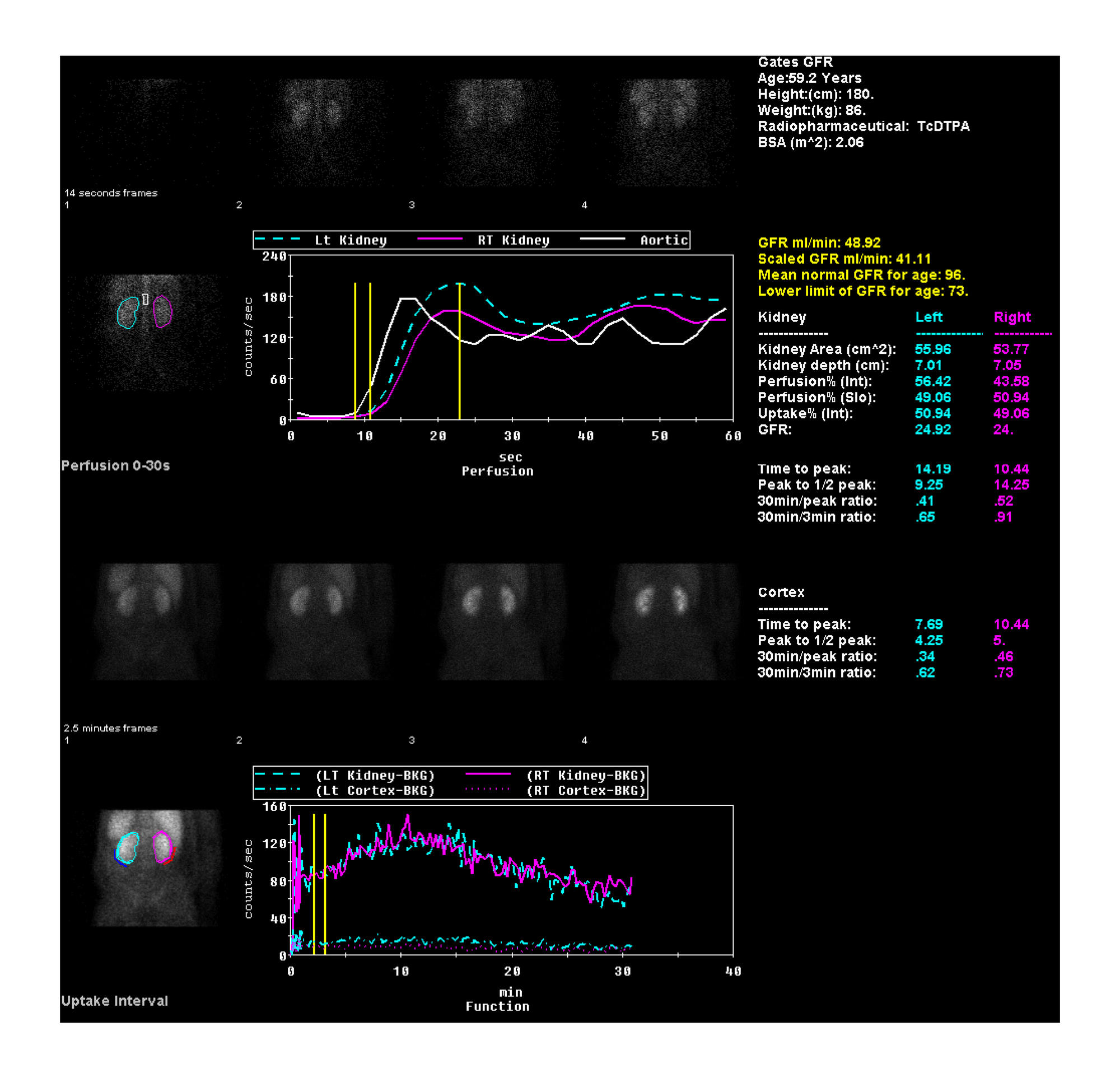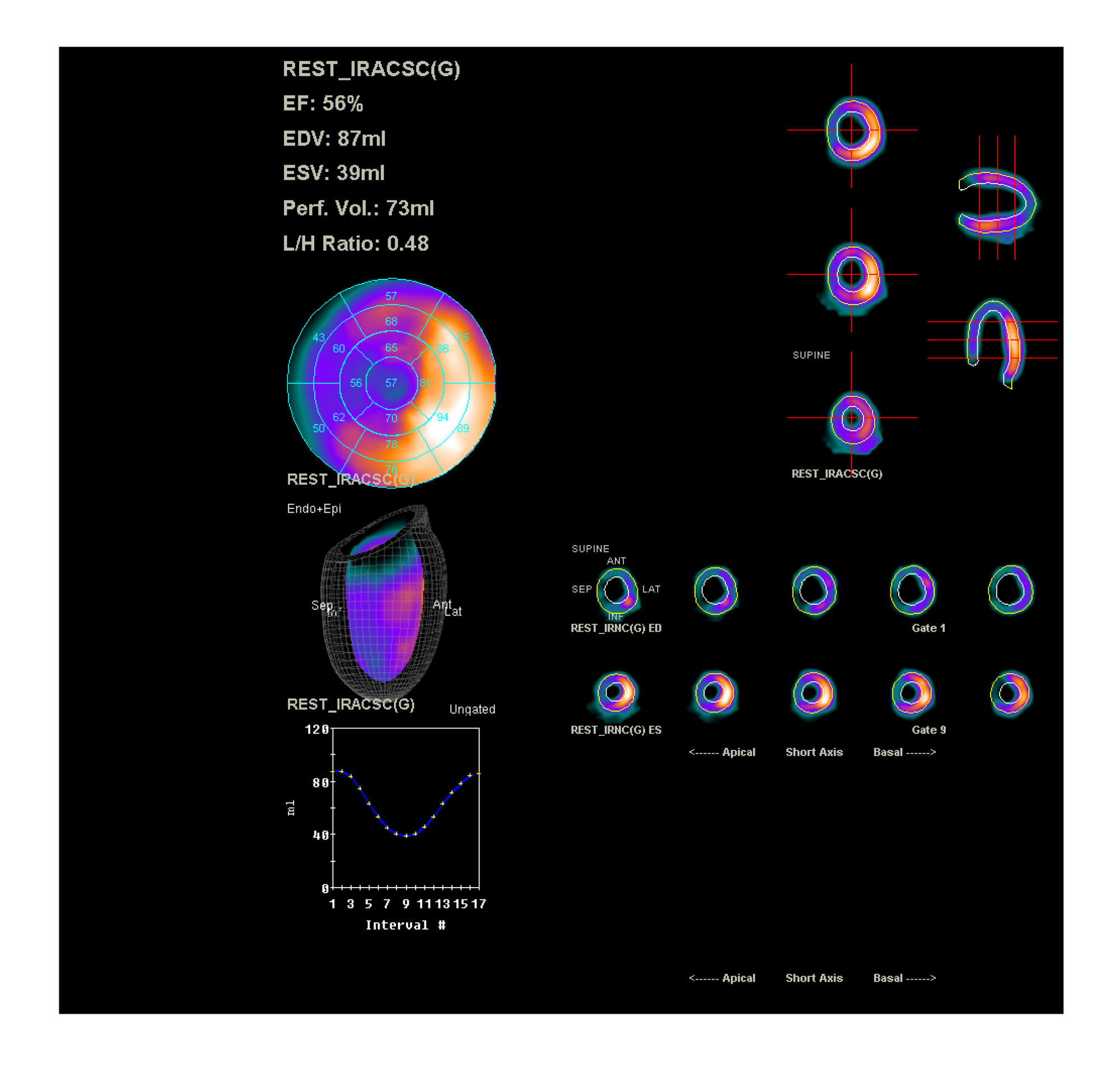
ISSN Print 2500–1094
ISSN Online 2542–1204
BIOMEDICAL JOURNAL OF PIROGOV UNIVERSITY (MOSCOW, RUSSIA)

1 Central Clinical Hospital of RAS, Moscow, Russia
2 Pirogov Russian National Research Medical University, Moscow, Russia
Correspondence should be addressed: Dina Kharina
Litovsky bulvar, d. 1a, Moscow, Russia, 117593; ur.liam@ls.anidras



